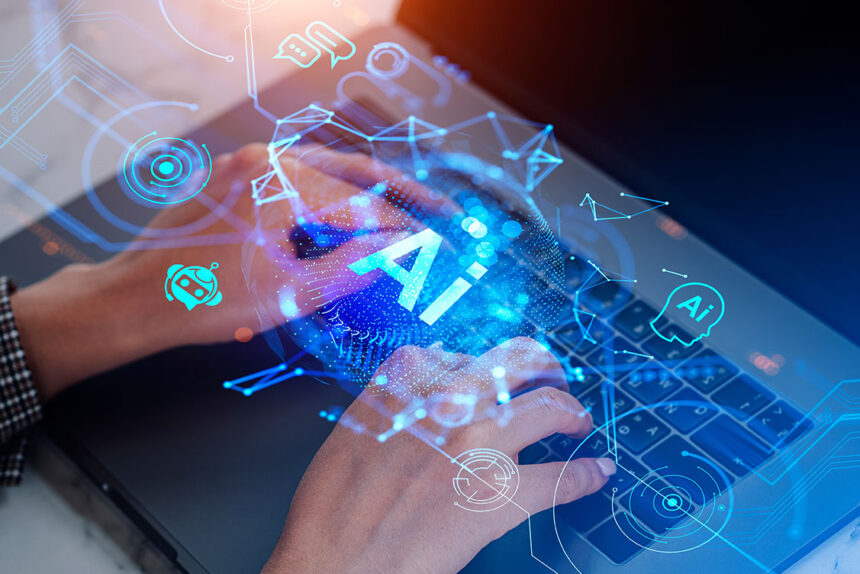Language Processing Units Paving the way for advanced voice AI in contact centres

07.07.2024
The Language Processing Unit (LPU) blends the strengths of both the Central Processing Unit (CPU), which excels in sequential tasks, and the Graphic Processing Unit (GPU), known for its prowess in handling concurrent tasks.
Groq stands as the pioneer behind the world’s inaugural LPU, marking a significant advancement in processing power: boasting speeds 10 times faster, slashing latency by 90%, and consuming minimal energy compared to conventional Graphics Processing Units (GPUs). So, what does this mean for the future of AI?
Imagine you’re at a bustling coffee shop, placing an order amid the cacophony. The barista must grasp your request swiftly amidst the din, ensuring accuracy and efficiency – a challenge akin to those faced daily in customer service, where speed and clarity are paramount. This parallels the role of LPUs, the latest sensation in tech circles, particularly within customer service. These specialized processors are tailored to tackle the complexities inherent in AI-driven interactions.
Before LPUs emerged, CPUs and GPUs handled the heavy lifting. Here’s a breakdown:
– **The Barista (CPU)**: A skilled multitasker managing everything from brewing coffee to taking orders. However, each task takes time, and multitasking can slow them down under pressure.
– **The Team of Baristas (GPU)**: Specialized in various tasks like espresso making or milk steaming, they handle multiple customers simultaneously by working in parallel. Customized orders, though, can challenge their efficiency.
– **Super Barista (LPU)**: A hyper-efficient robot designed for intricate coffee orders, swiftly understanding detailed instructions and adapting with speed and precision. Unlike its counterparts, it excels in processing complex tasks without slowdowns, regardless of workload or order complexity.
LPUs bring this level of precision and efficiency to AI-driven customer service, enhancing each interaction’s fluidity and intuition. Let’s delve into how these processors are reshaping AI communications.
Elevating AI Interactions in Contact Centers
In contact centers, the speed and accuracy of AI applications are pivotal. LPUs elevate voice AI, notably enhancing real-time speech-to-text and text-to-speech conversions. This advancement is crucial for creating more natural and efficient customer interactions, where delays or misunderstandings can impact satisfaction.
One standout feature of LPUs is their ability to mitigate latency issues. In customer service, where every second counts, reduced latency enhances the customer experience and operational efficiency. LPUs ensure that interactions between AI and customers are as seamless and natural as human conversations, with minimal delay.
According to Tatum Bisley, product lead at Cirrus, a contact center solutions provider: “LPUs are not just transforming technology interactions in contact centers; they’re paving the way for a future where real-time processing seamlessly integrates across diverse sectors. LPUs significantly reduce latency, making interactions with finance or healthcare clients as natural and fluid as face-to-face conversations.”
Much like how modern CGI blurs the line between real and computer-generated imagery, LPUs operate behind the scenes, ensuring a seamless customer experience. Just as people don’t discuss the CPU in their laptops or the GPU in their gaming consoles, they won’t talk about LPUs directly. However, they will notice the effortless and natural flow of their interactions.
The potential applications for this technology extend far beyond current use cases. Imagine LPUs in autonomous vehicles or real-time language translation services, where split-second processing can make a monumental difference. We’re only beginning to explore the vast possibilities this technology offers.